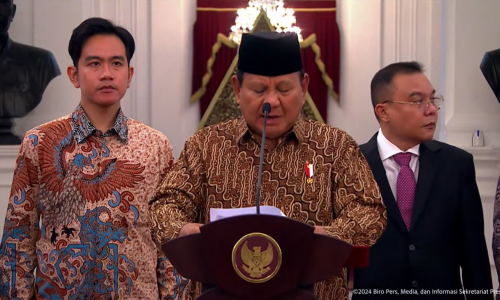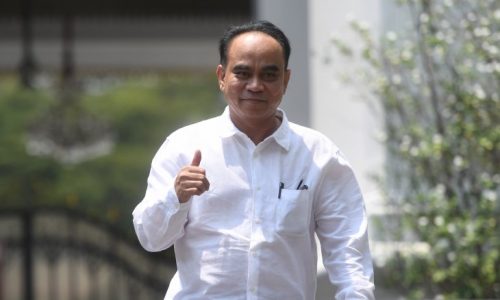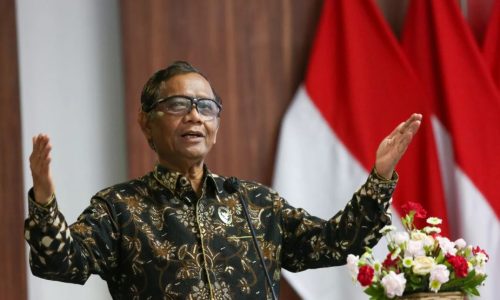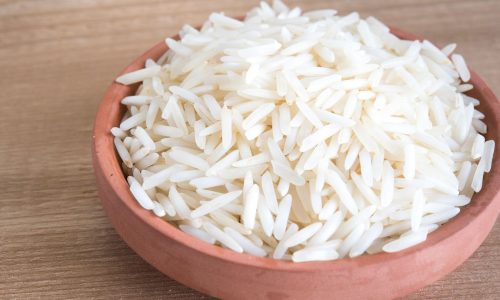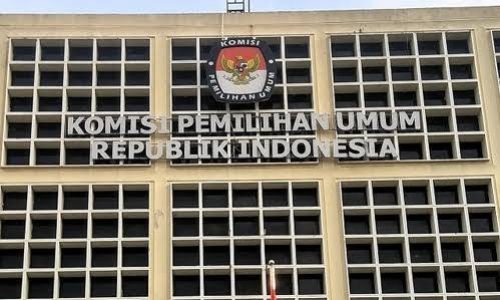Rector of Bogor Agricultural University (IPB), Arief Satria, has indicated that the development of Biodiesel B50 could potentially lead to the opening of 9.2 million hectares of new palm oil plantations.
This is driven by the increasing demand for crude palm oil (CPO) as the primary raw material for biodiesel production.
Biodiesel B50 is a fuel blend consisting of 50 percent biofuel derived from palm oil and 50 percent diesel fuel. Currently, Indonesia has implemented the B35 program, which contains 35 percent palm oil and fatty acid methyl ester (FAME).
With the adoption of B50, the demand for CPO is expected to rise significantly, requiring extensive new palm oil plantations.
“It is estimated that up to 9.2 million hectares of new palm oil plantations will be needed to meet the demand for Biodiesel B50,” Arief said during a session hosted by the Relawan Pengusaha Muda Nasional (Repnas) under the theme “Energi Mandiri-Ekonomi Berdikari” in Jakarta, on Monday, October 14, 2024.
However, Arief cautioned that such large-scale palm oil expansion may lead to trade challenges. Developed countries, especially in Europe, are implementing stricter anti-deforestation laws, which could hinder Indonesian palm oil products’ access to international markets. This also poses a challenge to Indonesia’s commitment to achieving net zero emissions (NZE) by 2060.
In addition to trade barriers, the biodiesel program faces fiscal challenges. Arief noted that the biodiesel initiative is primarily funded by the Palm Oil Plantation Fund Management Agency (BPDPKS), which has limited resources. As the demand for funding increases, BPDPKS’s budget could be strained.
Therefore, additional measures, such as implementing carbon taxes and offering green incentives through the national budget (APBN), will be necessary.
On the other hand, Arief highlighted that the biodiesel program helps stabilize CPO prices in the global market, which could benefit farmers by improving palm oil prices at the local level.
Additionally, biodiesel usage has already reduced emissions by 22.48 million tons, contributing to Indonesia’s broader energy transition efforts.
“Biodiesel is a progressive step, but we need to explore further potential in other bioenergy sources,” Arief added, on Monday, October 14, 2024.
He pointed out that, beyond palm oil, other promising bioenergy sources include rice husks, rubber, and waste, which could serve as alternative renewable energy resources in Indonesia.



